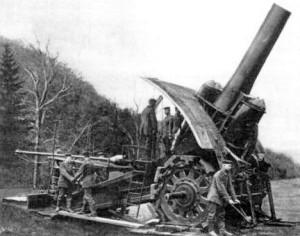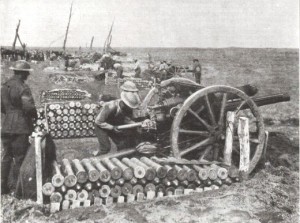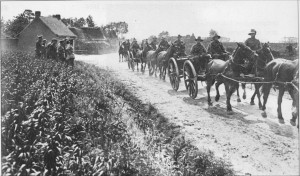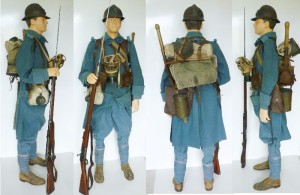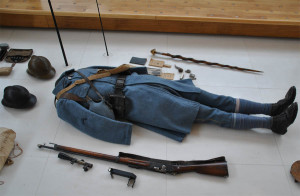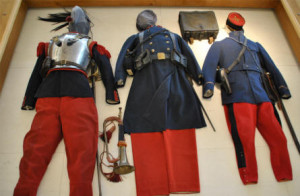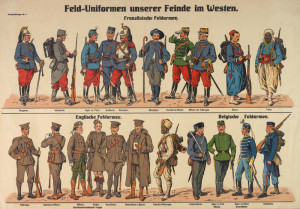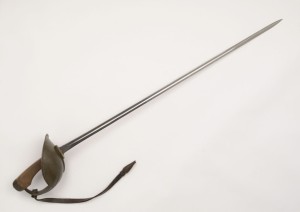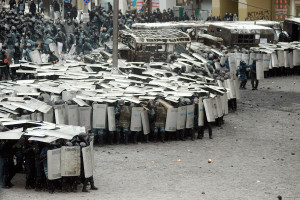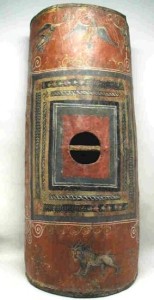
Lt. Henri Desagneaux, later Maj., was an officer in the French 2nd Infantry Regiment during the battle of Verdun, and recorded his experiences in his diary. In these entries, he and his men make their way to Verdun along the sacred way.
Diary: Saturday, 10 June [1916]
At one in the morning, order for departure at 4 a.m. We are to march in the direction of Verdun. That gives us an extra day of life! We are billeted at Rosieres near Bar.
Monday, 12 June
Issoncourt, Last stage before Verdun. There is not much room as car-load upon car-load of supplies and munitions speed past us.
Tuesday, 13 June
Reveille at 2 a.m. At 5, we travel by car and are put down at Nixeville, 6 kilometers from Verdun. We bivouac in a wood in a lake of mud. The guns fire angrily, it’s pouring down. At 3 p.m. we are orderd to stand by to leave. We don’t, however. We spend the night and the day of the 14th waiting, in torrential rain with mud up to our ankles. Our teeth chatter with cold, we are very uncomfortable. Although the troops have been stopping here for the last four months to and from verdun, there is not one single hut or shelter. We camp in individual tents in thick mud. You should hear what the men say about it!
At 5 p.m., order for departure at 6.30. We are going to be quartered in the Citadel of Verdun. Faces are grave. The guns are thundering over there. It’s a real furnace. Everyone realises that perhaps tomorrow death will come. Numerous rumours are circulating; we are going to ‘Mort-Homme’ which has been captured by the Boches; or to the Fort at Vaux . . . What is certain, nothing good lies in store for us.
We arrive at the Citadel at 10 p.m. after a difficult march through the mud.
Desagneaux, Henri. “Lieutenant Henri Desagneaux, French 2nd Infantry Regiment.” In True War Stories: Eyewitness accounts of life on the front line in the words of the ordinary soldier, edited by Jon E. Lewis, 301-3012. London: Magpie Books, 2004.

